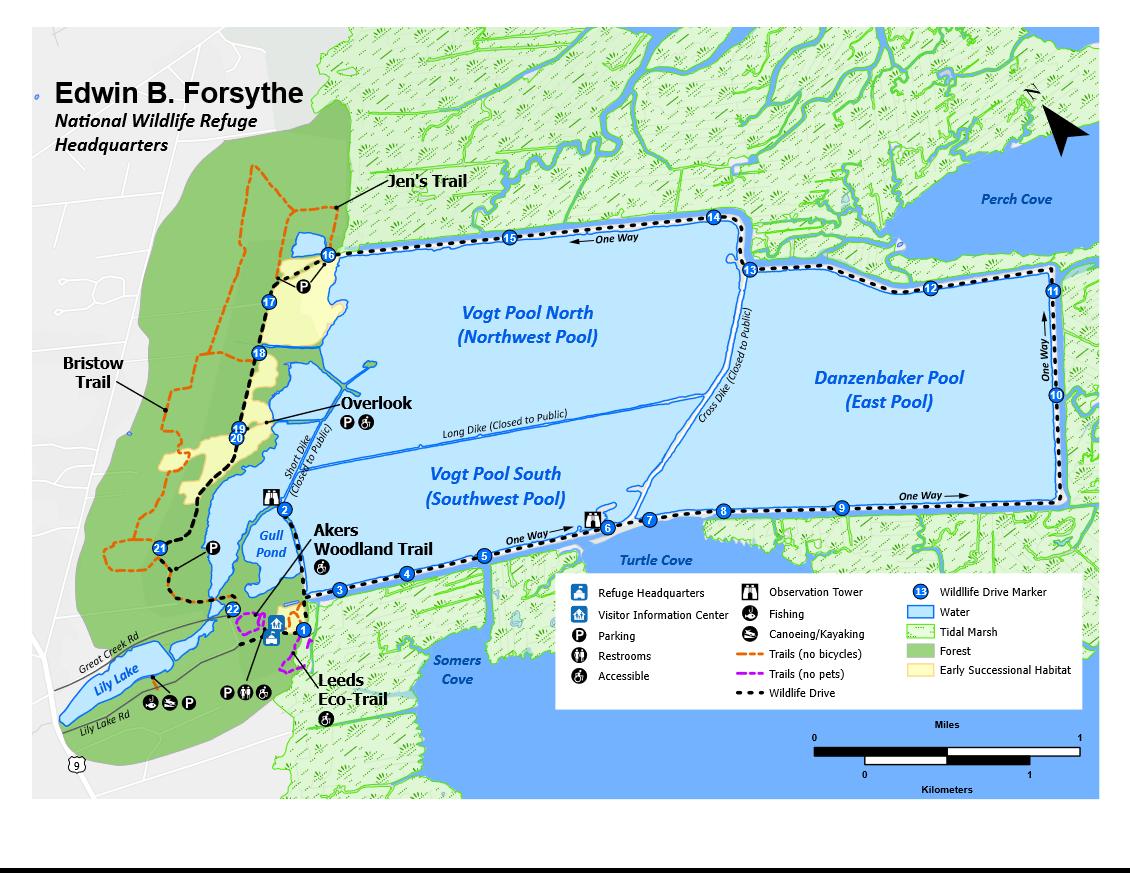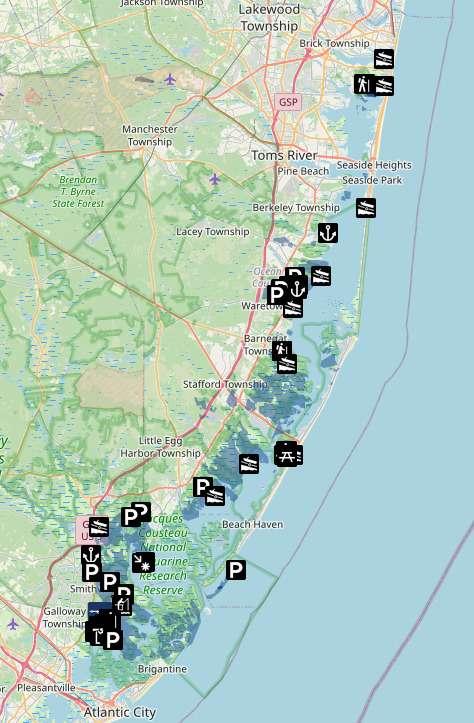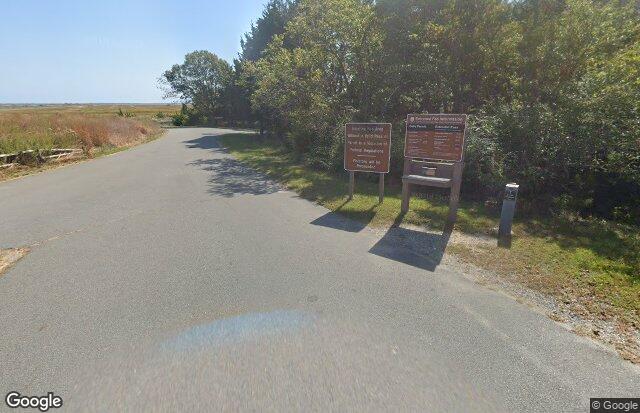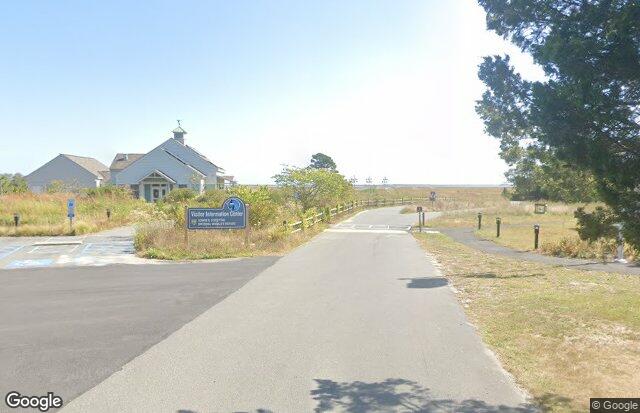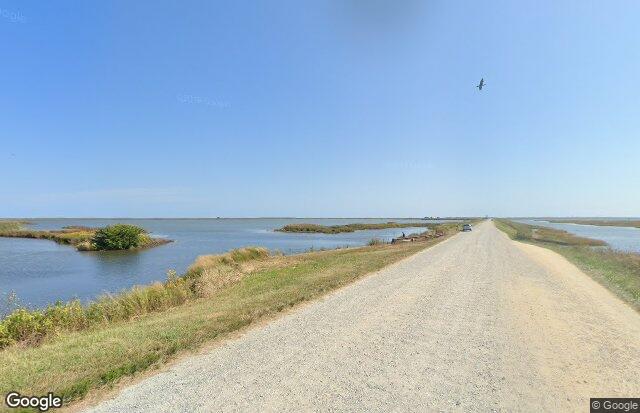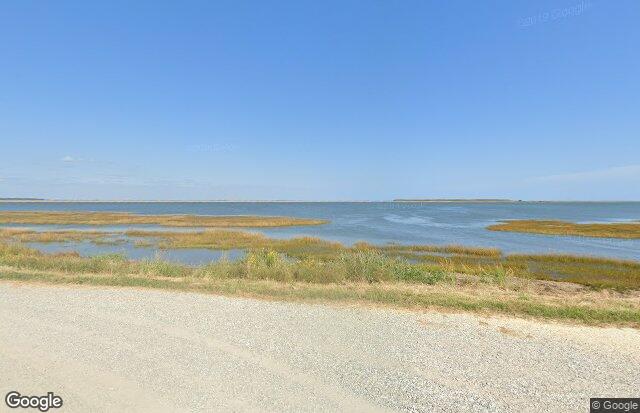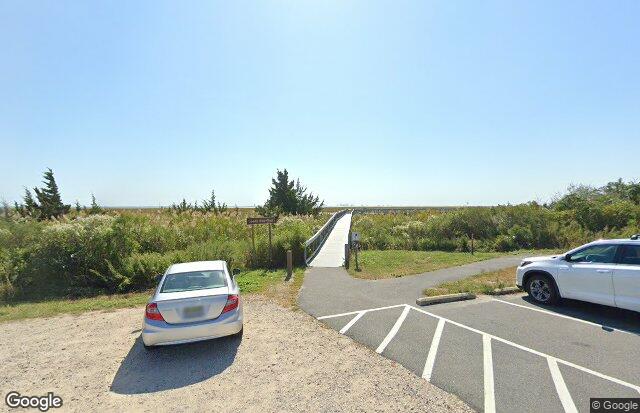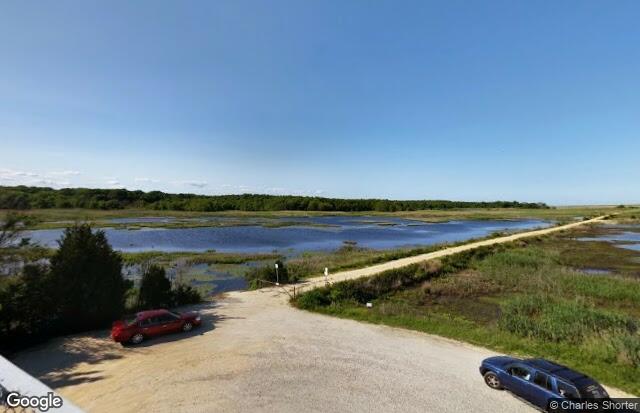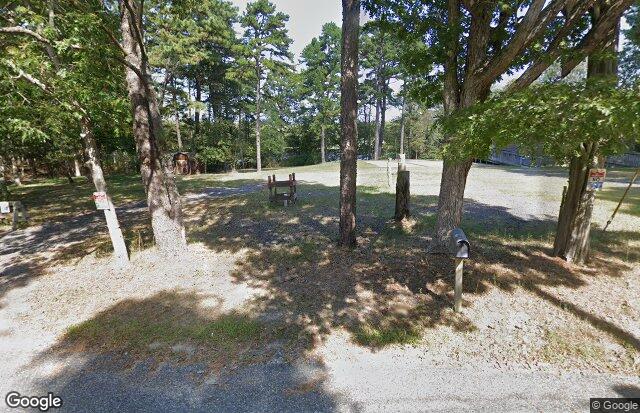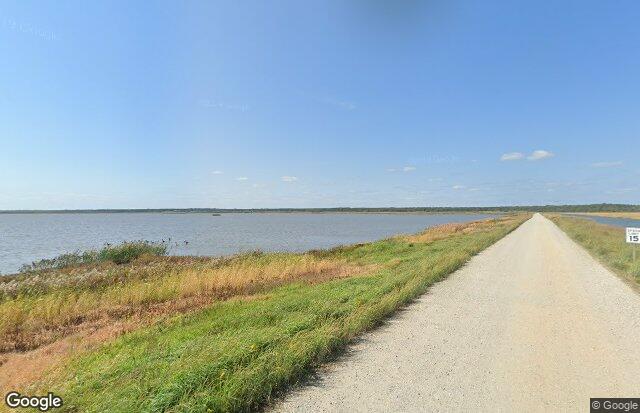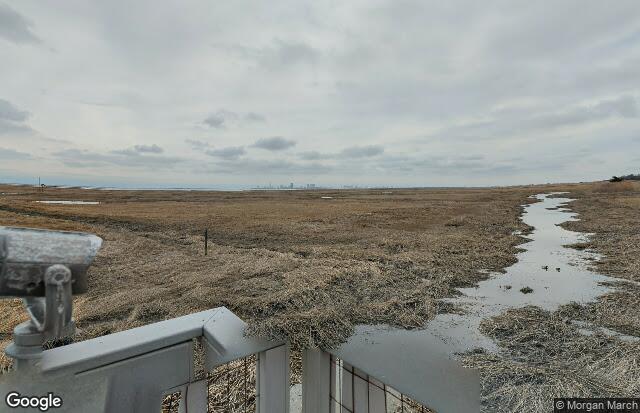
Edwin B. Forsythe National Wildlife Refuge
Edwin B. Forsythe National Wildlife Refuge
Galloway, New Jersey 08205
Official WebsiteEdwin B. Forsythe National Wildlife Refuge brochure
Edwin B. Forsythe National Wildlife Refuge wildlife drive map
Edwin B. Forsythe National Wildlife Refuge map
Tips for Birding
When submitting eBird observations at Edwin B. Forsythe National Wildlife Refuge, it is most helpful to start a new checklist for each hotspot on the refuge. Use the general hotspot when you have a checklist that includes multiple locations or if no other hotspot or personal location is appropriate for your sightings.
About this Location
The Edwin B. Forsythe National Wildlife Refuge protects more than 47,000 acres of southern New Jersey coastal habitats which is actively managed for migratory birds. The refuge’s location in one of the Atlantic Flyway’s most active flight paths makes it an important link in seasonal bird migration.
National wildlife refuges offer a chance to unwind from the stresses of daily life and reconnect with our natural surroundings. More than 78% of Edwin B. Forsythe National Wildlife Refuge is composed of coastal salt marsh, spanning 50 miles along the back bays of the New Jersey coast, from Barnegat Bay in Brick Township south to Reeds Bay, just outside Atlantic City.
The refuge includes several scenic trails that pass through coastal wetlands, freshwater ponds, early successional fields, and woodlands. The refuge features a non-motorized boat launch on Lily Lake, and motorized boat access at Scotts Landing boat launch, 10 minutes north of refuge headquarters in Galloway Township. The Visitor Information Center is located at the headquarters, where visitors can purchase America the Beautiful Passes (cash or check only). From headquarters, visitors can also access the Wildlife Drive, an 8-mile auto tour with excellent birding, considered one of the best birding areas in the region. The Wildlife Drive features two wildlife observational towers, a boardwalk extending over the salt marsh with views of the Atlantic City skyline, and links to a network of trails, providing opportunities for hiking, wildlife observation, photography, and more.
Edwin B. Forsythe Refuge was originally two distinct refuges: Brigantine and Barnegat. They were established in 1939 and 1967 respectively, to protect tidal wetlands and shallow bay habitats for migratory water birds. In 1984 they were combined under the Edwin B. Forsythe name, in honor of the late conservationist Congressman from New Jersey. The refuge protects more than 48,000 acres of southern New Jersey coastal habitats which is actively managed for migratory birds. More than 82 percent of Forsythe refuge is wetlands, of which 78 percent is salt marsh, interspersed with shallow coves and bays.
The refuge lies on the indigenous homelands of the Lenni Lenape. Lenni Lenape Indians were the first people to enjoy the wealth of seafood available in New Jersey. Lenni Lenape means “true people” in the language of the Delaware Indians.
Features
Restrooms on site
Content from Official Website
Last updated March 13, 2024
